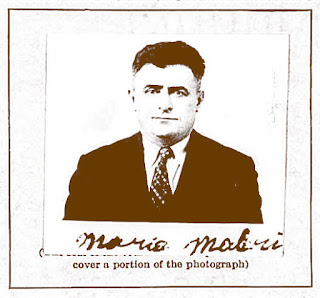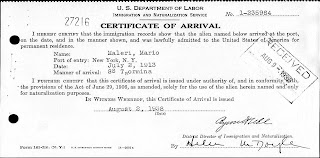Is your family tree research stuck? Are you so overwhelmed by certain tasks that you're avoiding them? Is a brick wall stopping all other progress?
You can overcome these genealogy blues with a simple plan.
Divide and Conquer
These brief spurts of activity will be as healthy for your family tree as a brief sprint is for your heart.
- Work on those tedious tasks in simpler chunks.
- Avoid your brick wall and forge ahead with another branch of your family tree.
- Narrow your focus and score some big gains.
This method will keep you productive and happy with your genealogy hobby. And you'll be learning along the way.
 |
| "Fix all my source citations" is an overwhelming roadblock. "Fix my 1930 census source citations" is something you can tackle! |
Make Cleanup Projects Less Intimidating
Are you avoiding adding source citations to your family tree? Is the size of the project scaring you away? Break the big task into smaller pieces. Set aside chunks of time to devote to the task, and keep track of your progress.
Don't let the overall task overwhelm you. Think of it as "today I'll start adding citations to all of my 1940 census tasks". Get as far as you can in the time you've decided to spend.
Hopefully you'll either be eager to move on to the 1930 census, or eager to come back tomorrow and finish up 1940.
Piece by piece you will tackle the task.
One Bad Branch Shouldn't Spoil the Tree
Are you getting nowhere with one pesky branch of your tree? Leave it alone for a while.
Focus on another branch and document the daylights out of it! Find every piece of supporting evidence you possibly can. You'll have an excellent example of how well you can do this. Your branch will be impeccable.
Plus, working on perfecting an easier branch will teach you about certain resources and documents. It may inspire you to take a different approach to your brick wall branch.
Now go get 'em!



